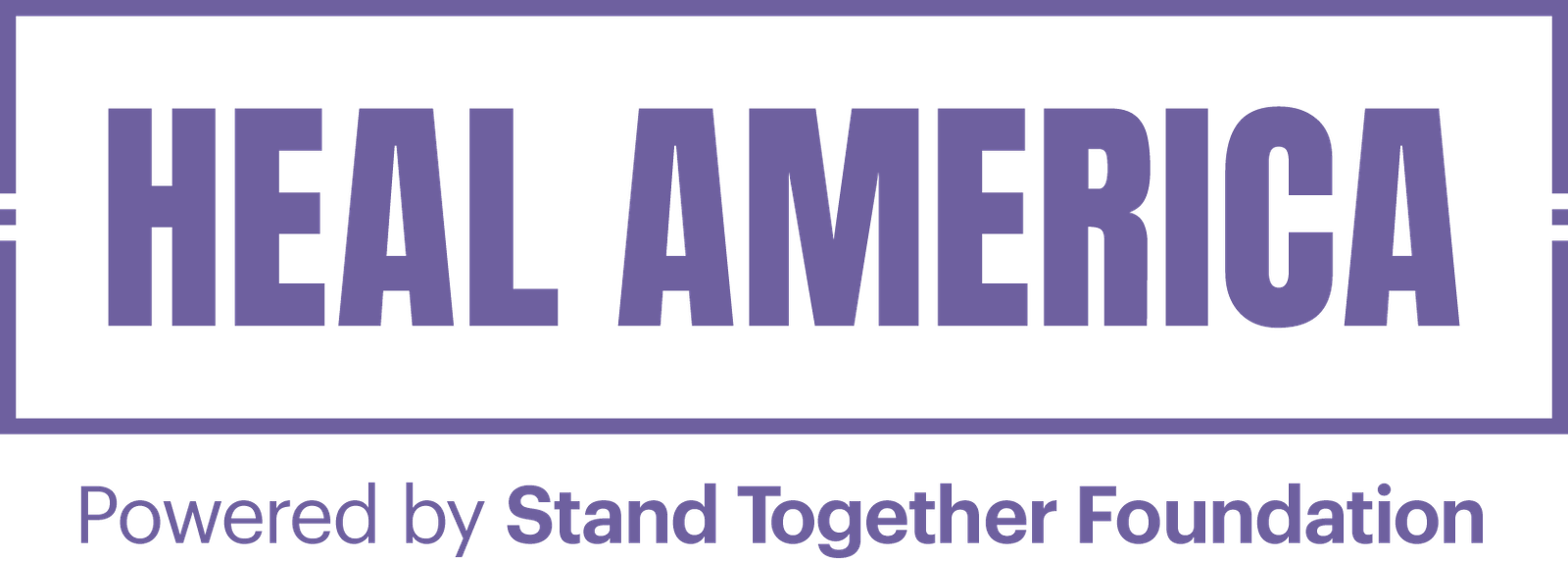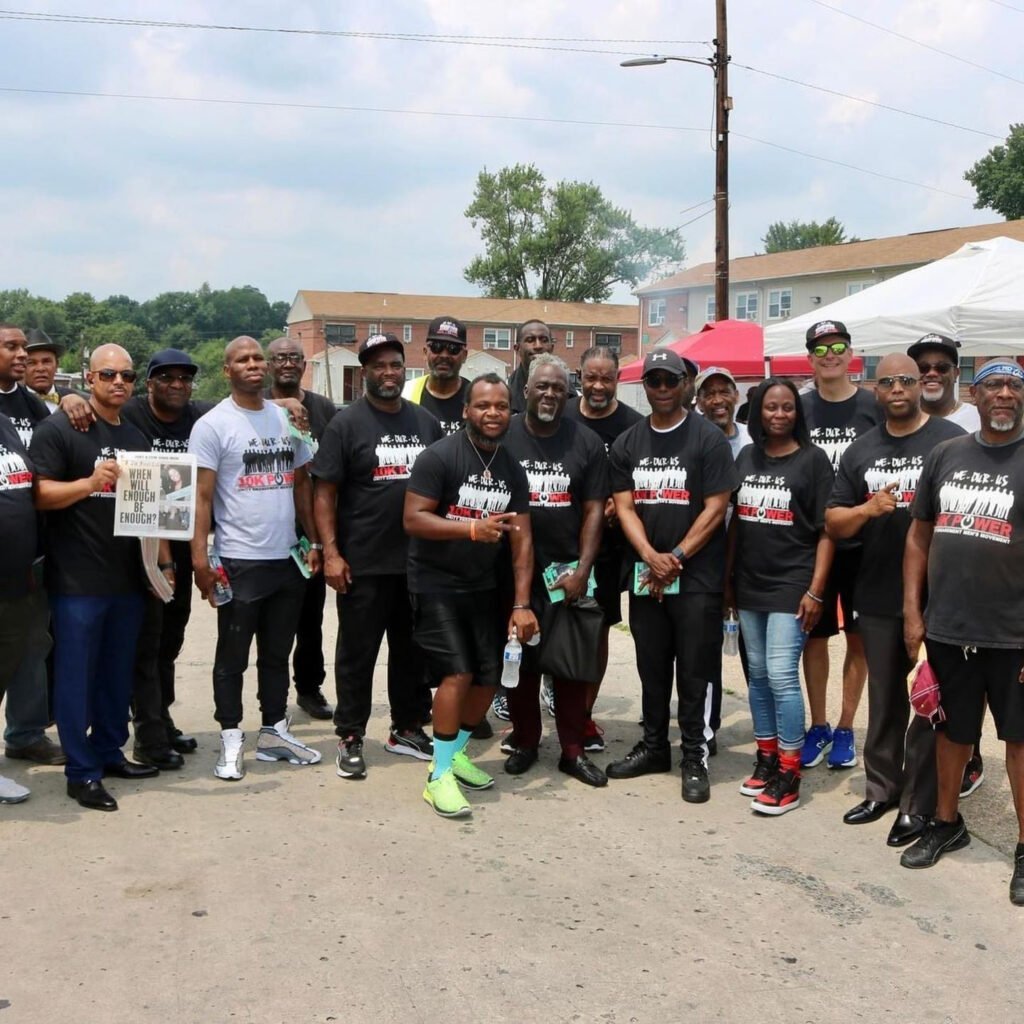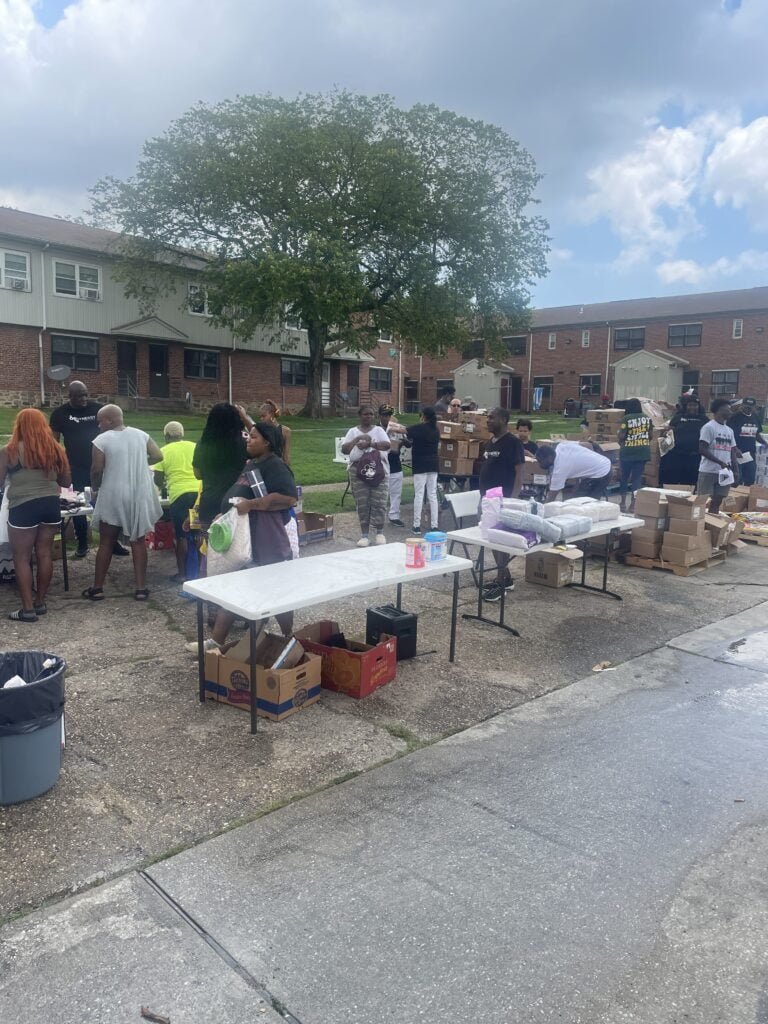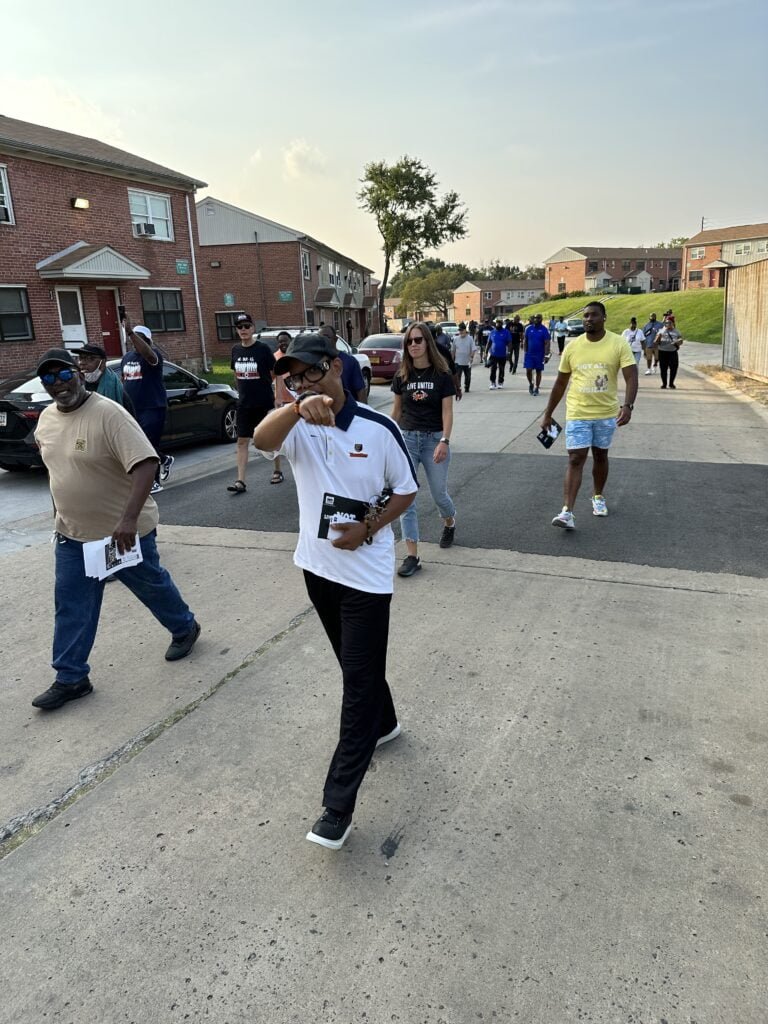We Our Us
Baltimore, MD
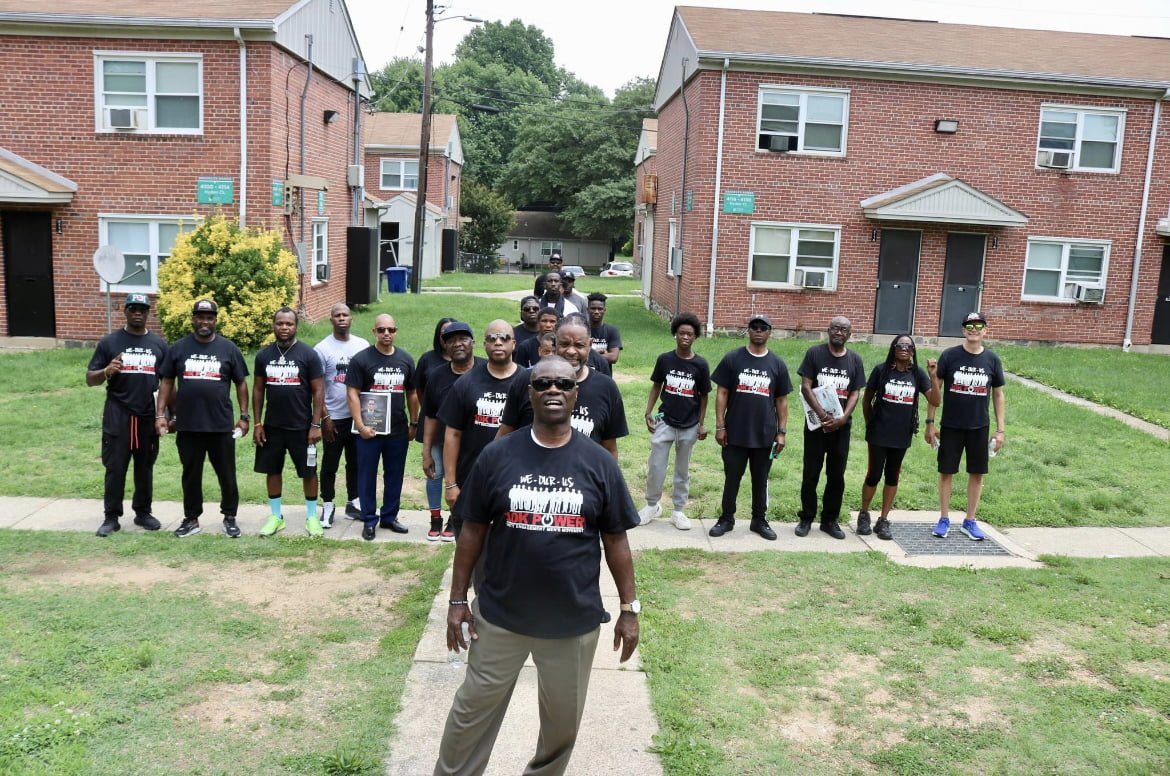
With Heal America’s Summer of Healing Grant, We Our Us expanded its reach to meet the needs of more residents in the Baltimore area. By expanding their programming, We Our Us is realizing Summer of Healing goals to decrease violence and heal neighborhoods through community-led efforts. The day after a July mass shooting in Brooklyn, an area in South Baltimore, We Our Us arrived in the grieving neighborhood with 50 We Our Us volunteers and 20 therapists to “love on the community,” as described by Barnes, and provide needed therapy and emotional support. Two people were killed and 28 others injured during the mass shooting. We Our Us was invited into the home of one of the victim’s mothers to provide on-site therapy and care for the bereaved family. “You have to have the equipment to be nomadic,” Barnes explained. “You need to be able to unravel your tent right where the issue is.”
In addition to providing on-site therapy to those affected by the mass shooting, We Our Us visited the neighborhood five times over 45 days to distribute food, offer counseling, and host a session with community members on how to deal with violence and intervention. The Summer of Healing grant offered We Our Us an opportunity to meet the community’s needs in response to an emergency without worrying about the financial cost.
BARRIER
Despite ongoing efforts to prevent rising rates of gun violence in Baltimore, many violence intervention programs facilitated by the city have not yet led to a sizable reduction in homicide rates. 2022 marked the eighth year in a row that Baltimore homicides surpassed 300, and the problem is getting younger. Nearly one in three people shot in 2023 were 18 years old or younger. However, by offering resources in direct response to individual and community needs, We Our Us has been credited by the city of Baltimore with reducing homicide rates by 33 percent in the areas where they are currently operating.
SOLUTION
The foundation of We Our Us’ work relies on four core values: Protection, Connection, Mediation, and Messaging. Barnes explains what it means to be a Protector, “If you are in the police department, the first form of protection is uniform presence. What our communities are lacking is the presence of positive, instructive Black men engaging the community.” By activating members in affected communities, We Our Us equips local community members and leaders to disrupt toxic trends in their neighborhoods and model healthy alternatives to violence.
We Our Us Connectors share resources and opportunities with boys and men in violence-affected communities, ensuring they have what they need to pursue employment, housing, and other programs. Connection, both with each other and to necessary resources, provides alternative pathways to problem-solving without violence. We Our Us members provide their communities with resources and opportunities available to meet the individual needs of community members. Connectors guide boys and men to appropriate resources, building relationships with members of the community to offer a better way. Through their connections with the city of Baltimore, Barnes describes how an individual seeking a job on a Monday is able to sit in for a job interview by the following Thursday.
To resolve conflict before it becomes violent, We Our Us offers Mediation services through their 24/7 Stop the Beef Hotline. Inspired by a similar hotline in New Orleans, community members can call the hotline and coordinate with a local “credible messenger,” described by Barnes as a person who has interacted with the justice system, to resolve any type of conflict, whether domestic or interpersonal. In circumstances with higher likelihood for violence, We Our Us sends a team to investigate, ensuring mediators are safe throughout the process. Depending on the needs of the individuals involved, We Our Us offers resources and support to resolve current conflicts and prevent future incidents. By treating each call on a case-by-case basis, We Our Us exemplifies a bottom-up approach to tackling cycles of violence, empowering volunteers and beneficiaries alike to find creative and long-lasting solutions to everyday problems without relying on state systems that can perpetuate the cycles We Our Us seeks to disrupt.
The final pillar of We Our Us, Messaging, calls on volunteers to spread programming information on We Our Us resources, including the Stop the Beef Hotline and life coaching opportunities, as well as spread love and care for the community. Barnes discusses the power of positive messaging to build relationships with the community but emphasizes the need for action to speak loudest. We Our Us seeks to meet the ever-evolving needs of the community through a bottom-up approach, empowering individuals to guide future programming.
